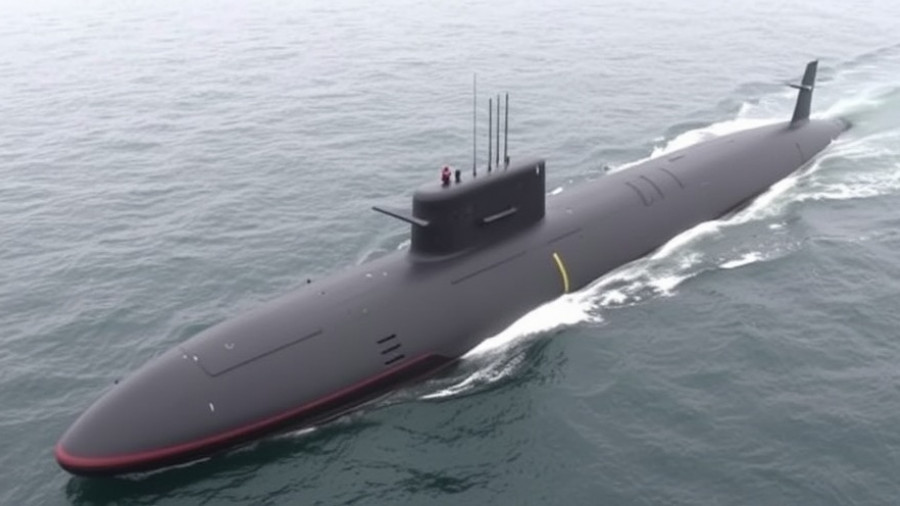
UK's Bold Investment in Nuclear Capabilities
The UK Ministry of Defence (MoD) has unveiled a robust plan to bolster the nation's defense capabilities, announcing a £15 billion investment ($20.25 billion) in nuclear warheads and the construction of 12 advanced SSN-AUKUS submarines. This strategic investment is poised to modernize the UK's continuous at-sea deterrent and strengthen its submarine fleet, responding to the escalating threats posed by global adversaries, particularly in light of rising tensions with Russia.
A Strategic Response to Global Threats
The announcement comes ahead of the release of the Strategic Defence Review (SDR), which will outline the UK’s Plan for Change in addressing a rapidly evolving security landscape. The SDR is expected to identify 62 recommendations aimed at enhancing national defense.
The decision to invest in nuclear capabilities highlights a stark reality: the UK's position as a nation must evolve in reaction toRussia's increasingly assertive posturing, exemplified by recent incidents involving Russian espionage attempts against Britain’s nuclear submarine fleet. These developments underscore a pressing need for improved underwater monitoring and deterrence strategies.
Modernizing the UK’s Nuclear Deterrent
Unique among nuclear powers, the UK employs a fleet of nuclear-powered Royal Navy submarines (SSBNs) tasked with maintaining a continuous deterrent at sea. Currently, the UK is developing the Dreadnought-class SSBNs to replace the aging Vanguard-class boats, which are essential to its nuclear capabilities. The Dreadnought-class will enhance the fleet's capacity to carry Trident II D5 nuclear missiles—vital for maintaining operational readiness and strategic power in a time of threats.
Global Submarine Market Trends
The strategic focus on submarine technology mirrors a broader global trend, with countries like the US, Russia, China, and France investing significantly in their submarine fleets. The Royal Navy's recent announcements reflect a recognition that undersea capabilities are pivotal to future warfare dynamics.
The Future of UK Defense Initiatives
As nations around the globe gear up their naval prowess, the UK's investment not only aims to bolster its defense but also supports local industries that will revitalize and create thousands of jobs in the defense sector. The Atomic Weapons Establishment in Aldermaston will see extensive modernization, guaranteeing robust operations that support both UK defense needs and economic activity.
A Look at the Broader Implications
This announcement does more than merely bolster Britain’s defenses; it demonstrates the UK's commitment to remaining a potent player on the global stage. It acknowledges the strategic shifts in global power dynamics and prepares British forces to confront challenges through enhanced capability and readiness. The UK’s position is not just about immediate threats but also about preparing for a fluid future where maritime security will be critical.
Conclusion
In an era marked by unpredictability, the UK’s substantial investment in its nuclear deterrents and submarine capabilities reflects a committed approach to national security. As the SDR reveals its comprehensive recommendations, Britain is poised not just to address today’s challenges but to navigate the complexities of tomorrow's global security environment.
 Add Row
Add Row  Add
Add 




Write A Comment